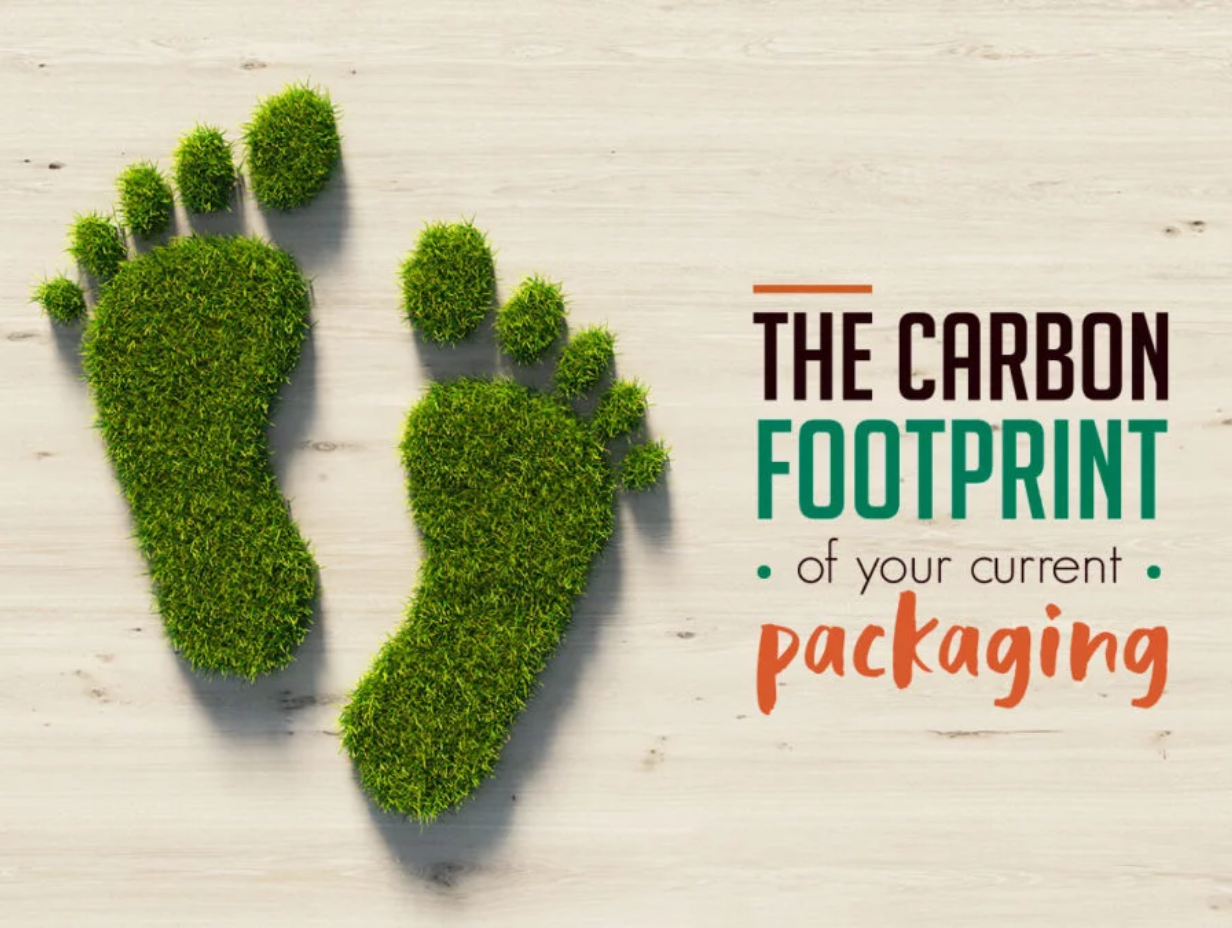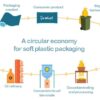Understanding the Carbon Footprint Across Packaging Materials
In the global effort to combat climate change, understanding the carbon footprint of packaging materials is crucial for businesses and consumers alike. This article delves into the environmental impacts of different packaging options, highlighting the importance of selecting materials that contribute less to carbon emissions, thereby supporting a more sustainable and environmentally friendly future.
Glass Packaging: A Double-Edged Sword
Glass is often praised for its recyclability and longevity, attributes that contribute positively to environmental sustainability. However, its production is energy-intensive, contributing significantly to its carbon footprint. Despite its infinite recyclability, the initial manufacturing process and the energy required for melting make glass a complex choice from a carbon perspective. To mitigate these impacts, advancements in energy efficiency and the use of renewable energy sources in glass production are essential.
Aluminium: Lightweight with Recycling Benefits
Aluminium packaging is valued for its lightweight nature and high recyclability, characteristics that can significantly reduce its carbon footprint when recycled content is used. However, the extraction and initial production of aluminium are energy-intensive, highlighting the need for robust recycling programs to mitigate these environmental impacts. Incorporating more recycled aluminium in packaging can further decrease the carbon footprint, promoting a circular economy.
Plastic: Ubiquitous but Problematic
The versatility and low production cost of plastic have made it a ubiquitous choice for packaging. However, its environmental impact, from fossil fuel extraction to challenges in recycling and degradation, contributes to a significant carbon footprint. Efforts to increase the use of recycled plastics and to develop biodegradable alternatives are crucial for reducing this burden. Additionally, reducing single-use plastics and enhancing plastic recycling infrastructure are key strategies for minimising the environmental impact of plastic packaging.
Paper and Cardboard: Renewable but with Caveats
Derived from renewable resources, paper and cardboard offer a more sustainable packaging option. Their carbon footprint is lower, especially when sourced from sustainably managed forests and made from recycled materials. However, the environmental impact of paper production, including significant water and energy use, requires careful management. The promotion of sustainable forestry practices and increased recycling rates for paper products are vital for minimising their environmental footprint.
The Path Forward: Reduction and Innovation
Ultimately, the most sustainable approach to packaging is to minimize its use altogether. Strategies such as designing for reduced material use, encouraging the reuse of packaging, and innovating towards more sustainable materials are key to decreasing the carbon footprint of packaging. Businesses and consumers must collaborate to support these efforts, making informed choices that prioritize materials with lower carbon emissions.
Conclusion
The comparison of carbon footprints across various packaging types underscores a complex landscape of environmental impacts. By prioritising materials with lower carbon emissions and supporting sustainable practices, we can steer towards a more environmentally friendly future in packaging. This transition necessitates a collective effort, embracing both the reduction in use and the innovation in materials, to address the pressing challenge of climate change effectively.









